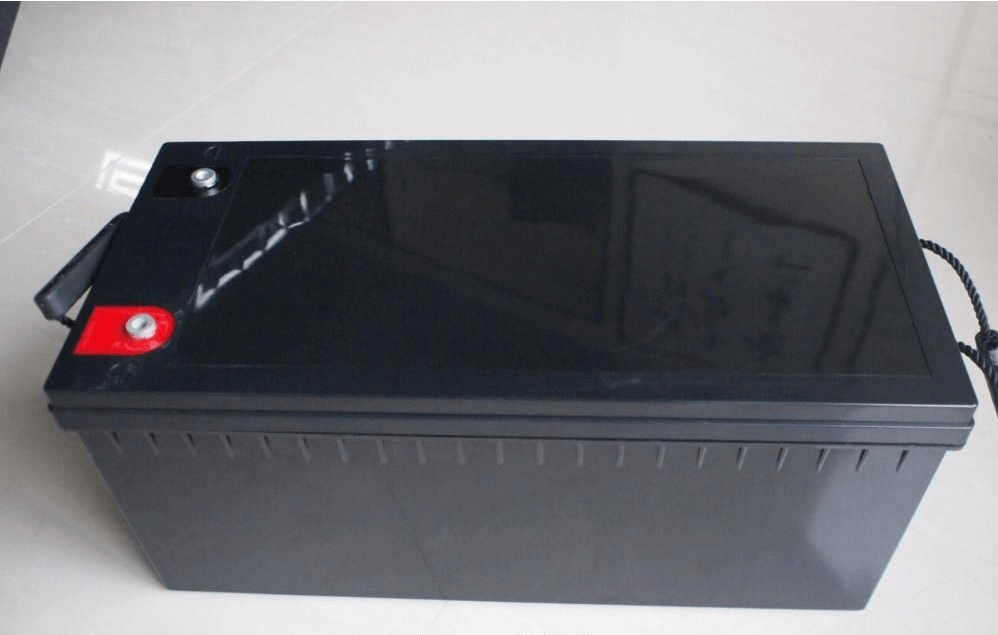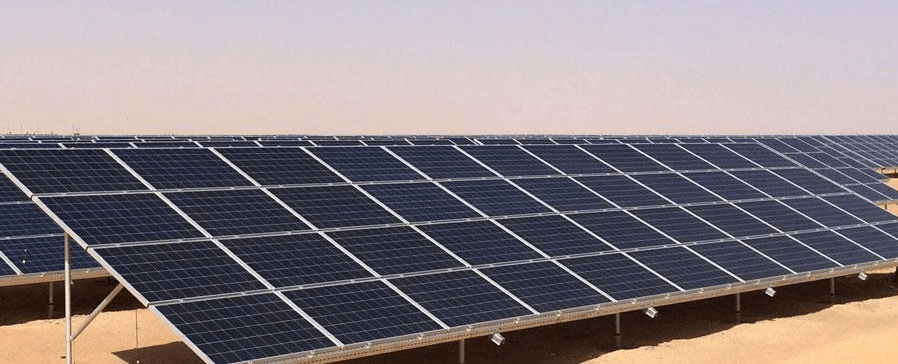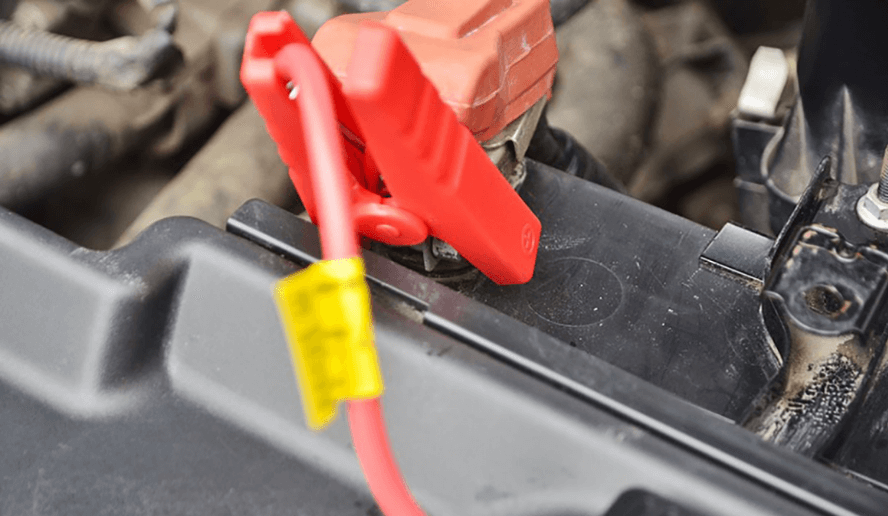
Five solutions for outdoor power supply
Share
Nowadays, people in cities can enjoy the convenience of urban power supply. But more and more people prefer outdoor sports and want to experience nature outdoors. But outdoor power supply is a problem for adventurers. With the advancement of science and technology, there are many ways to generate electricity outdoors. Today we will talk about outdoor power supply.
1. Diesel generator:

Diesel generators are not only a representative of the early use of energy, but also the main way of early outdoor power generation. This kind of equipment that relies on diesel to generate energy was also a step forward in the application of energy. At the beginning, it attracted a lot of attention. Diesel generators can continuously generate energy and support multiple scenarios. So what are the advantages and disadvantages?
Advantages: First of all, diesel generators have high energy conversion rate, high thermal efficiency and a wide range of applications. They can only run on diesel, so the entry threshold is low. Diesel generators are also more reliable, more durable and have a lower failure rate in operation, which saves a lot of maintenance. They also have good fire resistance, which makes it safer to use. In addition, they are easy to operate and daily maintenance is convenient, which saves a lot of maintenance costs.
Disadvantages: The disadvantages of diesel generators are that they are powered by diesel, which produces a large amount of high-temperature exhaust gases and smoke during use, which has a negative impact on the environment. In addition, diesel generators are particularly noisy. Finally, it becomes difficult to operate the diesel generator in places with extremely low temperatures, which makes it impractical to use.
However, diesel generators used to be a good choice for outdoor power supply because they operated independently of the city's power grid. However, this was not a particularly good solution for outdoor power supply.
2. Lead-acid battery:

Next, I will introduce another energy tool: the lead-acid battery. This is what we commonly know as a battery, which is often seen in daily life, and the conditions of use are also very diverse. Lead-acid batteries can be found in industry, agriculture, or various vehicles. So what are the advantages and disadvantages of lead-acid batteries?
Advantages of lead-acid batteries: First, the raw material is inexpensive, which keeps the price relatively low and thus affordable to use. Second, they offer good performance even under high discharge. Third, they are less likely to be affected by temperature. The working range is from -40 to +60 °C. Fourth, they are suitable for floating charge, have a longer service life and no memory effect. Finally, used lead-acid batteries are easy to recycle and have less impact on the environment, which promotes environmental protection.
Disadvantages of Lead Acid Batteries: As with everything, there are two sides to this. Having discussed the advantages, let's now look at the disadvantages: First, the energy density ratio of the battery is low, usually 30-40 Wh/kg. Second, there is still a certain gap in the cycle life compared to Cd/Ni batteries. Third, the manufacturing process can pollute the environment, so appropriate waste treatment equipment and comprehensive measures are required.
3. Photovoltaic power generation:

Energy saving and environmental protection are increasingly promoted nowadays. With the continuous development of the energy industry, photovoltaic power generation by solar cells has come to the fore. Due to the characteristics of photovoltaic power generation, it has developed rapidly, and more and more energy products are being adopted. Apart from the form of photovoltaic charging, what are the advantages and disadvantages of photovoltaic power generation with this solar system?
Advantages of photovoltaic power generation: First of all, there is no risk of exhaustion because it relies on sunlight to obtain energy. Second, it is safe and reliable, with no operational hazards, no noise, no noise pollution, and no emissions - absolutely clean. Third, it is not limited by the geographical distribution of resources. As long as it is sunny, it can be charged at any time. It can also take advantage of building roofs, such as in areas without electricity supply or regions with complex terrain. Fourth, there is no need to consume fuel and build power transmission lines, so electricity can be generated directly on site, with low usage requirements and low access threshold. Finally, the construction of solar panels is short, and the time required to obtain energy is also short. Today, it is also very convenient to use solar panels for charging. The conditions of use only require sufficient sunlight, which can be considered the least restrictive way to obtain energy.
Disadvantages of photovoltaic power generation: Now, let's look at the disadvantages of photovoltaic power generation: First, the energy density is low, the dispersion is large, and it is highly dependent on external conditions. Even if the sun shines sufficiently, the energy density projected onto the solar panels is too low. Second, due to the low solar energy density, it becomes necessary to install a large area of solar panels to achieve the ideal charging power, which costs a lot of space for photovoltaic power generation systems. Third, the conversion efficiency is low. The conversion efficiency of photovoltaic power generation refers to the rate at which light energy is converted into electrical energy, which is limited by various factors. At present, the conversion rate is still not ideal. Fourth, solar panels need direct sunlight to harvest energy and convert it into electrical energy, so they can only generate electricity during the day. Power generation cannot occur at night, and on rainy or cloudy days when sunlight is blocked, the solar system cannot be used, which makes it directly dependent on weather conditions. Finally, the price of solar modules is high, and the manufacturing process of the crystalline silicon cells, which are the main components of solar modules, is highly environmentally harmful and energy-intensive.
4. Inverter:

There are many ways to enjoy the outdoors, but the most commonly chosen is the self-driving tour because it is unattached and relaxed. In this case, the power problem is naturally connected to the car. Since the battery in the car is often used to solve the power problem, an inverter is often used in this case. The advantage is of course convenience, because it is a kind of use of local resources that directly uses the self-driving vehicle to achieve the goal of outdoor power supply. However, this method is not suitable for long-term use. Various factors of the battery, the low conversion efficiency and high cost of the inverter, and the fact that the inverter cannot be separated from the car make this solution problematic. There is also the possibility of the vehicle's battery being discharged, causing the vehicle to fail and possibly causing a fire.
It is not a stable and long-term solution to connect the car battery to an inverter to use electricity outdoors. Long-term use would accelerate battery aging, reduce battery life and may damage the battery while using the inverter. This may even become dangerous for users. Obviously, this is not a better solution for using electricity outdoors.



